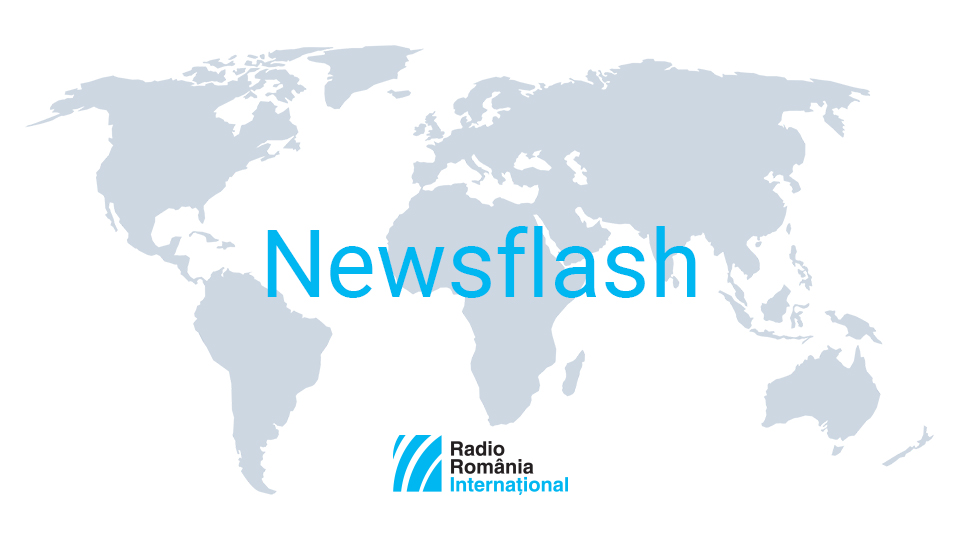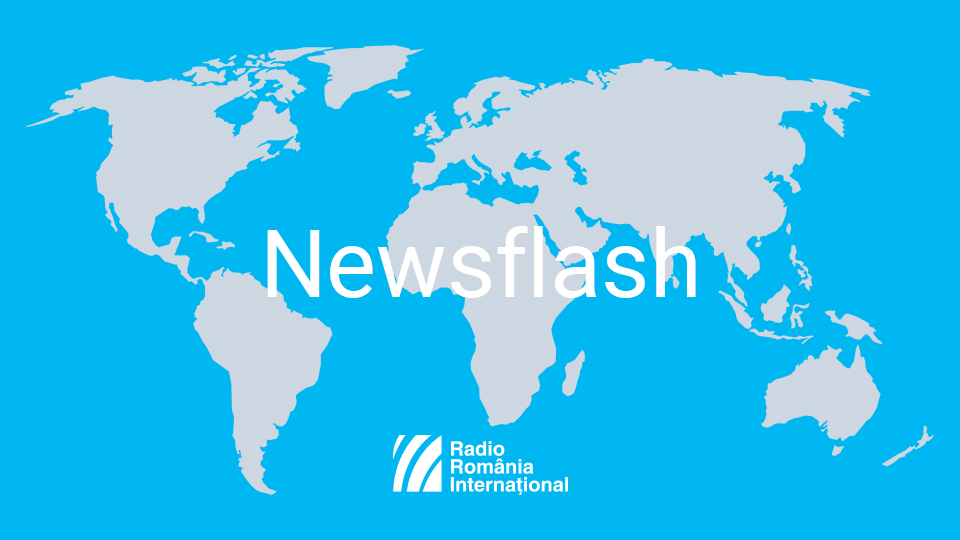July 18, 2017
European Commission: The debate on the future of Europe is picking up speed

Newsroom, 18.07.2017, 14:10
PRESIDENCY — Romanian President Klaus Iohannis has today said he favors administrative decentralization but he opposes autonomy on ethnic criteria that would hinder development. During his visit to the counties of Harghita and Covasna, in central Romania, the only Romanian counties with a majority Hungarian population, President Iohannis has said he is concerned about the future of the young people there, who do not speak Romanian and who thus have fewer opportunities on the labor market. Iohannis has also said that intolerance and the rejection of people with a different ethnic origin, by either a minority or a majority group, trigger a blockage of the country as a whole. He has also said that, in spite of the fact that they have a tourist potential, the counties of Harghita and Covasna hardly attract any investors. The Hungarian community in Romania, made up of around 1.5 million members, is concentrated in Transylvania, in central Romania. This community has been represented in Romania’s Parliament uninterruptedly, since 1990, by the Democratic Union of Ethnic Hungarians in Romania (UDMR) which has been part of many coalition governments in Bucharest.
BRUSSELS – Four months after the European Commission presented its White Paper on the Future of Europe, the debate on the future of Europe is picking up speed with potentially over 30 million citizens reached so far, the European Commission has announced today. The Commission offered five scenarios for how the EU could develop in the next decade. A broad debate has since been taking place, supported by political institutions and by civil society at large. To date, over 270,000 citizens have attended over 1,750 events organised or supported by the Commission with many more participating online (see figures here). Citizens are invited to continue to express their views, notably prior to the annual State of the European Union speech on 13 September 2017, when President Juncker will outline his vision for the future of Europe.
PROJECT – Romanian Prime Minister Mihai Tudose has proposed his Bulgarian counterpart, Boiko Borisov to connect Bucharest to Sofia and Athens though a fast railway line. The two PMs have also discussed over the phone about speeding up projects for the construction of two new bridges over the Danube. Tudose and Borisov have agreed to hold a joint meeting of the Romanian and Bulgarian governments in September, when the details of a Romania, Bulgaria, Greece trilateral are to be set.
EXERCISE — Saber Guardian 2017, one of the largest and most complex NATO exercises in recent years continues in Romania. From Cincu, in the centre, to Mihail Kogalniceanu, in the south-east, many military bases in Romania are playing host to the military exercise this month. The exercise involves more than 25,000 service members and 2,000 technical resources from over 20 allied states. The military will train in the fast movement of combat equipment, tanks and armoured vehicles backed by air forces, combat shooting, crossing water courses, medical evacuation and the treatment of the wounded.
RATING – Fitch Ratings has improved Romania’s economic growth outlook for 2017 from 4.8% to 5.1%. The Agency forecasts that Romania’s budget deficit this year will reach 3.7% of the GDP, which is more than the Romanian government’s estimation of 2.9% of the GDP. The structural deficit is expected to reach 3.9% of the GDP, the current account deficit 3.1% of the GDP and the public debt 39.9% of the GDP, Fitch agency has also announced. The Romanian government’s projection for 2017 is 5.2% economic growth while the European Commission has put it at only 4.4%.
(Translated by Elena Enache)




























